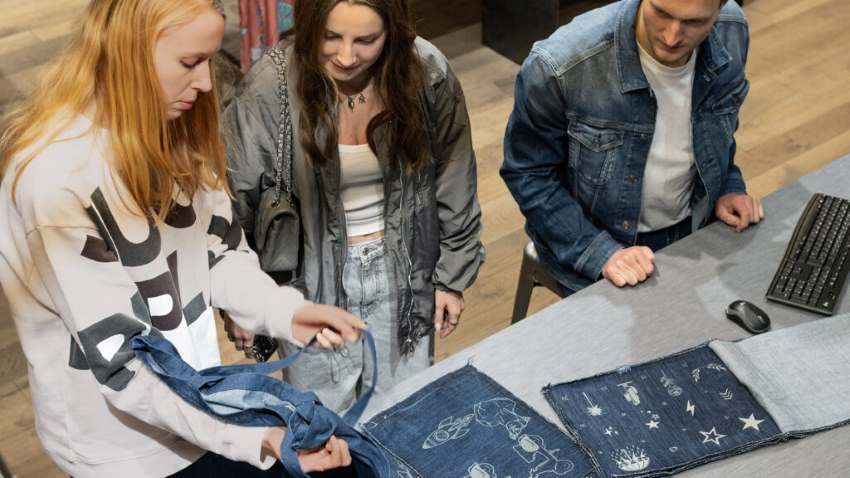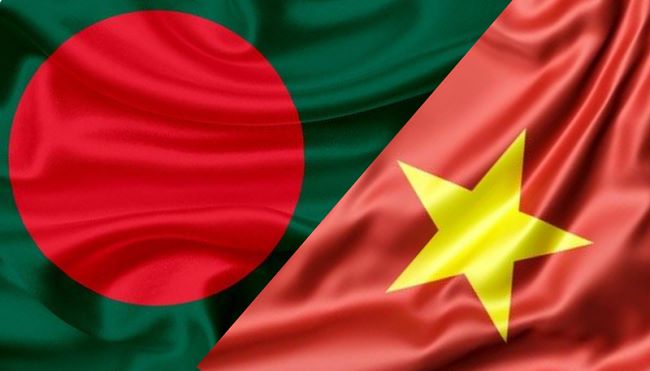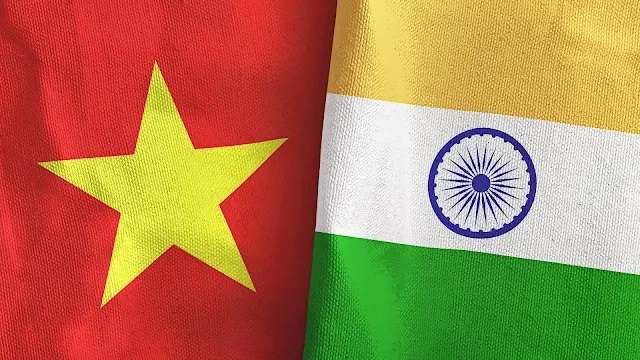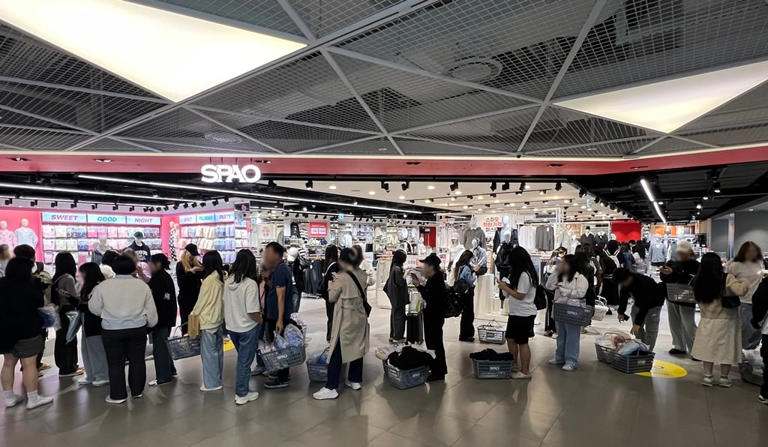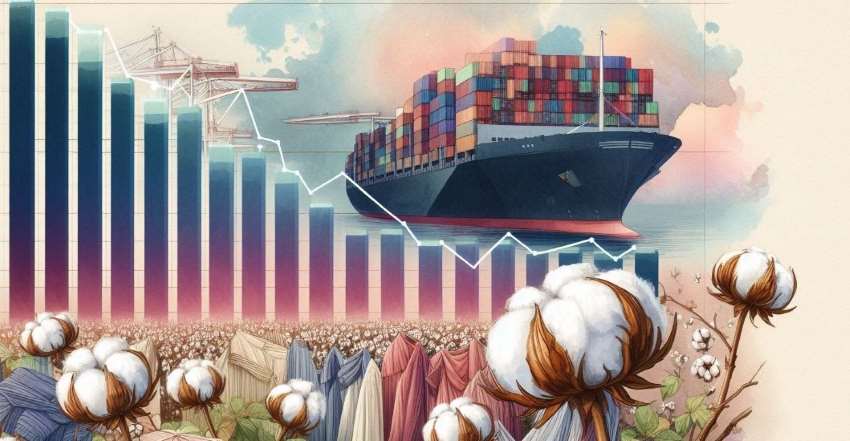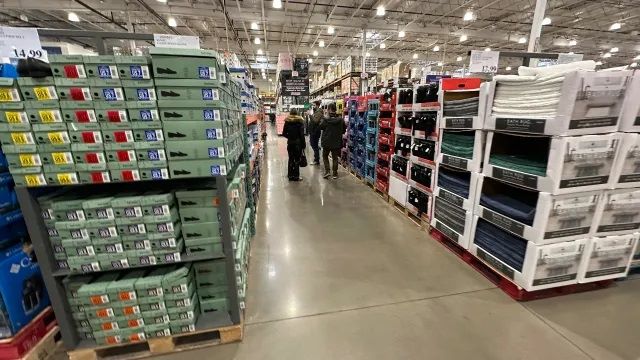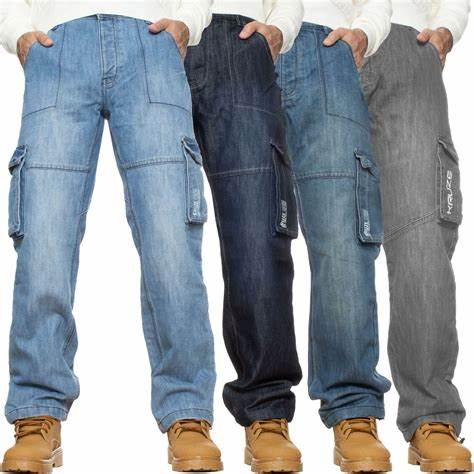Indonesia's textile industry has been a major contributor to the GDP. As per government data, the textile and textile products (TPT) industry is one of the important manufacturing sectors, with gross domestic product (GDP) valued at 172.4 billion Indonesian Rupiah ($14.4 billion dollars) in 2013. The textile, leather goods and footwear industry sub-sector made the fourth-largest contribution with 9 per cent to GDP of all the non-oil and gas manufacturing industries, with an average growth of 4 per cent per year during 2008-2013.
The TPT industry is also a significant employment booster. According to Central Statistics Agency (BPS) data, workers absorbed by the industry from micro to large scale in 2012 were 2.9 million people, or 21.7 per cent of the total labour absorption of non-oil and gas manufacturing industries. However, experts fear that industry’s performance will be affected by global economic conditions, especially in the US and Europe as the largest Indonesian TPT export markets.
According to the results of sensitivity analysis, every one per cent increase in US economic growth will result in a 1.5 per cent increase in Indonesian TPT export growth to the US in the next three quarters, while every one per cent increase in European economic growth will see a three per cent increase in Indonesian TPT export growth to Europe in the next two quarters.
In the US market, Indonesian TPT export market share in 2013 was 3.7 per cent, lower than in 2009 at 4.9 per cent, while in the European market it was 0.8 per cent, down from one percent in 2009. In 2014, the Indonesian Textile Association estimates that Indonesian TPT exports will reach $12.9 billion. This figure is lower than the previous projection, which was $13.3 billion also owing internal issues like power rates, wages among others. By type, Indonesian TPT exports were dominated by garments, such as shirts, T-shirts, dresses and skirts (HS codes 61, 62, 63) at 60.9 percent, while the remaining 39.1 per cent belonged to textiles, such as fibers and yarns (HS codes 50-60).

